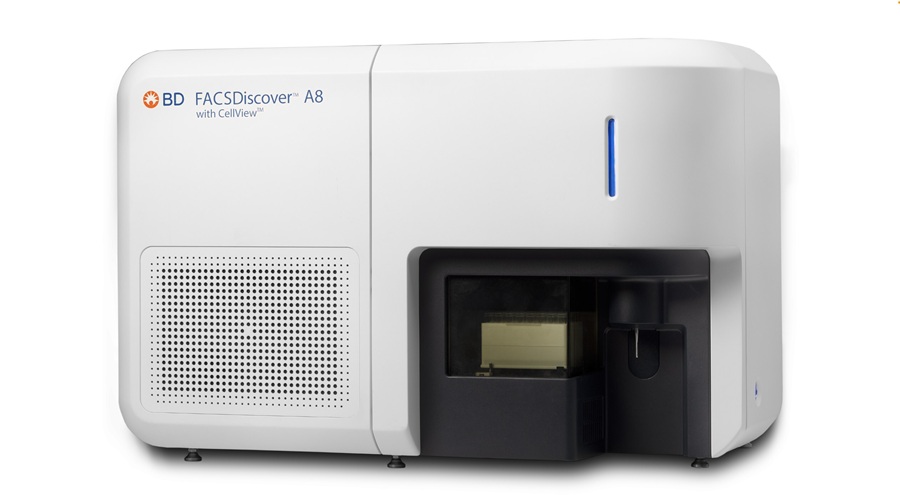Blood Borne Testing Market to Witness Exponential Growth Due to Rising Incidence of Bacterial Infections
Posted on 11 Nov 2021
The global blood borne testing market is projected to record an exponential CAGR of over 7-8% during 2021-2031, driven by increasing bacterial infection and growing adoption of point of care devices, aided further by technological advancement in devices for blood borne pathogens. These are the latest findings of Fact.MR (Dublin, Ireland), a market research firm.
Blood borne pathogens are microorganisms such as viruses or bacteria that are carried in the blood and can cause disease in people. The emergence of new pathogens like West Nile Virus, Ebola, Dengue, and Zika, threaten human health on a global scale. Identification of these pathogens requires a rapid response from industry to develop new tests and the FDA to assess test safety and efficacy. The impact of transfusion-transmitted infection of such agents can have fatal consequences, particularly in highly vulnerable populations such as newborns, the elderly, or immunocompromised individuals.

The increasing number of agents that may infect blood and the recognition that some of them only pose a risk in certain areas or certain times means that new methods to streamline blood testing must be developed. Besides there has been a significant increase in diseases like HIV, HBV, Hepatitis C, and others are anticipated to give rise to rapid blood-borne testing. Other factors such as the significant increase in capital investments by the government and medical device manufacturers, technological advancements in mobile healthcare are also expected to propel the blood-borne testing market in long run.
There has been a rapid increase in rapid and point-of-care testing devices globally. Rapid and point-of-care tests for HIV have facilitated a rapid increase in the uptake of HIV testing in sub-Saharan Africa, Asia, and the US. Point-of-care tests for HIV are now commercially available to either detect early infection or ascertain the degree of immunosuppression and monitor disease progression, thereby improving patient management. The COVID19 pandemic had significantly impacted the blood-borne testing market growth in 2020. Bloodborne testing has been highly preferred during the pandemic to access the convenience healthcare solution in-home care settings. The pandemic also creates a tremendous opportunity for the market players to develop digital health solutions and expand their market reach.
The US is anticipated to be the largest market for blood-borne testing owing to its high adoption of advanced digital technology, awareness among the patients, well-developed healthcare infrastructure, and supportive government policies. The US bloodborne testing market is likely to witness considerable growth during the forecast period 2021-2031. Like the US, Canada is also creating big opportunities for the market players in blood-borne testing product launch and development. Meanwhile, many top US blood-borne testing market leaders are expanding their facilities in Canada.
The current COVID-19 pandemic has led to a revolution in blood borne testing adoption and innovation in Europe. The growing demand since early 2020 for blood borne testing and virtual care creates a huge opportunity for market growth in Europe. Suitable government policies and regulations for the reimbursement of digital health applications are expected to boost the European blood borne testing market over forecast years. In addition, Germany is anticipated to share the largest market in terms of revenue owing to its national reimbursement policies on which over 73 million people accessing the digital health application in this country.
Related Links:
Fact.MR













